Indian smartphone users end up paying more on data charges: nanu survey
nanu, a leading mobile VoIP app, has unveiled interesting facts about mobile data consumption patterns in India. The survey conducted over three days, witnessed participation from 14,154 Indians, from 23 key states, using smartphones with data connectivity. With 81 per cent of Indians spending below Rs 500, it can be deduced that majority of smartphone users in India are cautious about their mobile data spends. In addition, 64 per cent of Indian smartphone users do not exceed Rs 300 as their monthly spend for mobile data consumption.
64 per cent of Indians have indicated an increase of more than 10 per cent in their data charges and 21 per cent noticed a surge of more than 50 per cent in their data cost.
Majority of smartphone users in India are not aware about their data consumption source. The findings of the report suggest that 42 per cent of Indians are not aware of the fact that their data is extensively consumed by video adverts even if they are not clicking on it. Furthermore, 25 per cent of Indians are somewhat aware of the situation and upset by the brands consuming data through video adverts. Interestingly, only 17 per cent of Indians are broadly aware of this, but never considered its impact on their mobile data expenses.
Even after observing such an adverse effect of video adverts on increasing data consumption, only 10 per cent of Indians have installed ad blocking software in their phones.
89 per cent of Indians have shown reluctance towards consistently clicking on mobile video adverts, while 35 per cent prefer to stay away from clicking video adverts. 54 per cent prefer selective clicking on video adverts.
Commenting on the survey, Martin Nygate, Founder & CEO, nanu, said, “With mobile advertising growing exponentially, there is an increasing possibility of consumers facing hidden data charges without their knowledge. We are glad that TRAI has made meaningful efforts in this direction and we are hopeful that the operators will join this movement to safeguard consumers’ interest.”
Martin further added that excessive competition amongst marketers to promote their brands in order to get ‘top of the mind’ recall has resulted in uncontrolled usage of consumers’ data further increasing the amount of data billing. It’s important that marketers become more responsible towards their consumers and engage in non-intrusive ways of mobile advertising to prevent consumers’ data from getting consumed involuntarily.
“I used to believe that the mobile operators were unfairly charging us. One month, my data billing increased by more than 60 per cent and I got involved with an argument with my operator. Now, I realised that the offender is someone else. We are helpless and unfortunately, we have to burn through our data plans unless and until we see the regulator and operators acting on it,” said Hardeep Singh, a respondent from Punjab.
The survey findings have indicated that mobile marketing will remain ineffective in cultivating a positive brand-consumer relationship unless data consumption is made more transparent and the expenses are borne by the advertisers.
State-wise Indicators:
- Himachal Pradesh emerged as the top state spending extensively on mobile-data, with 34 per cent smartphone users spending more than Rs 500 every month
- 34 per cent from Bihar and Jharkhand noticed more than 50 per cent surge in their data cost
- More than 45 per cent of the respondents from Gujarat, West Bengal, Andhra Pradesh, Tamil Nadu, Telangana, and Kerala indicated their ignorance on video adverts consuming data
- 44 per cent of respondents from Chhattisgarh have shown immense annoyance with the unwanted data cost, forced on them by marketers
- Himachal Pradesh emerged a paradise for mobile marketers, with 27 per cent of the respondents not bothered about involuntary data usage on their mobile by video adverts
The survey was conducted from June 3 to 6, 2016 and was carried out across key 23 states in India, covering all the important metros and non-metros. It surveyed 14,154 smartphone users with data connectivity between the age group of 18- 50. Out of the total number of respondents, male users from both metros and non-metros constituted 83 per cent and female users constituted 17 per cent. As far as the states are concerned, the highest number of participation was from the Southern part of the country at 44 per cent, followed by the North at 27 per cent; 15 per cent of the responses come from Western India and 14 per cent from Eastern India.



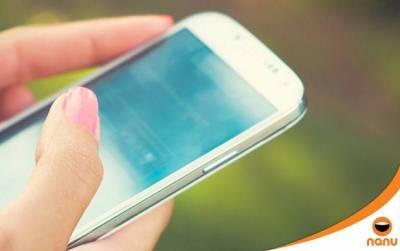
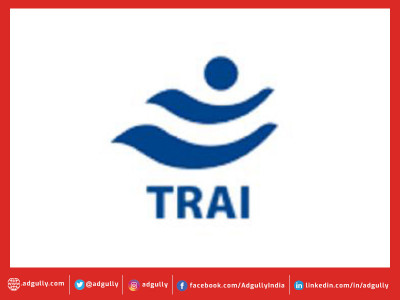
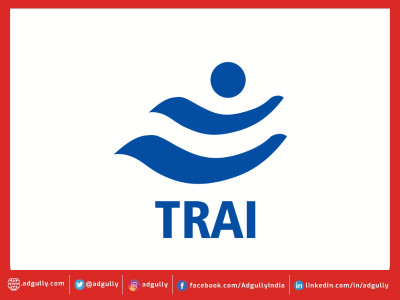
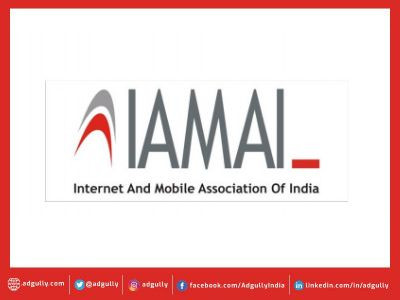



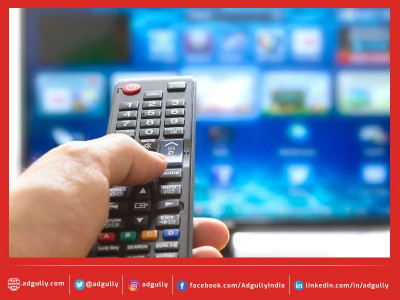




Share
Facebook
YouTube
Tweet
Twitter
LinkedIn